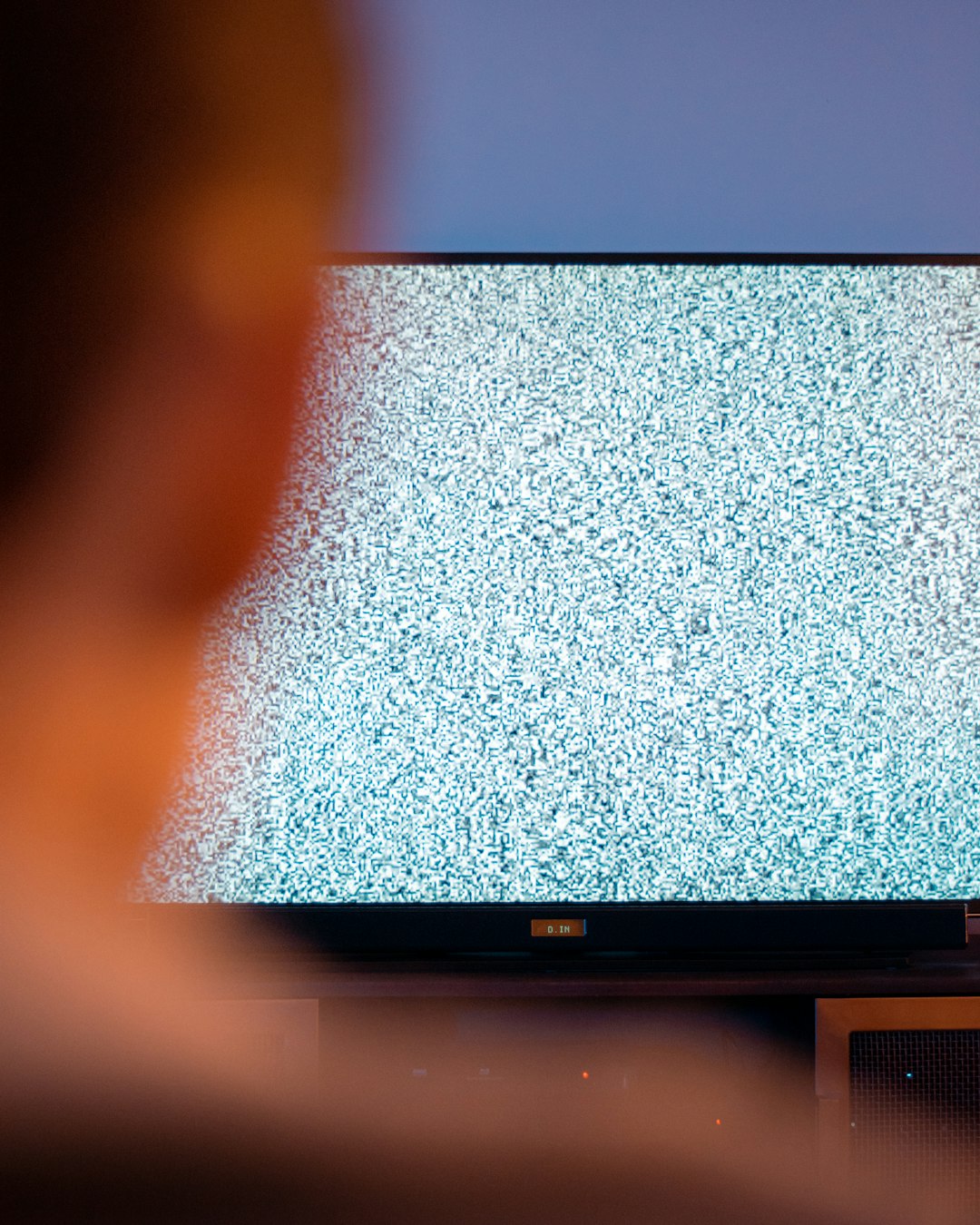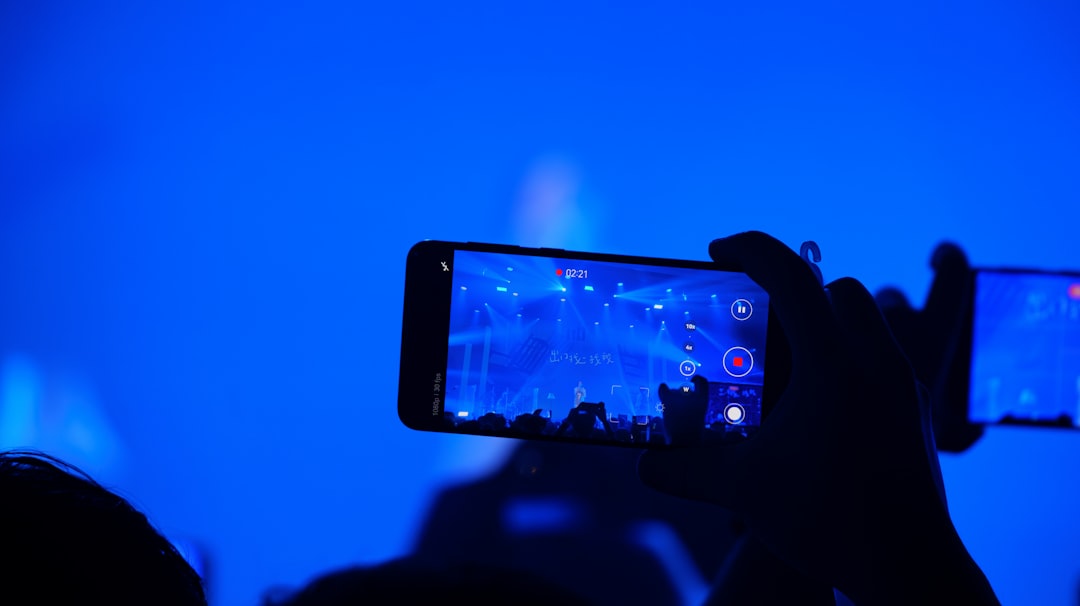When it comes to creating or consuming video content, understanding aspect ratios is essential. Two of the most commonly used aspect ratios in the digital world today are 9:16 and 16:9. While these numbers may appear like a simple reversal, the difference between them is significant in terms of how content is filmed, viewed, and shared across different platforms.
Understanding Aspect Ratios
An aspect ratio describes the proportional relationship between a video’s width and its height. It is typically written as width:height. So, a video with a 16:9 aspect ratio is 16 units wide and 9 units tall, while a 9:16 video is 9 units wide and 16 units tall—essentially a vertical video format.
This difference in orientation determines how videos fit on various screens and how engaging they are for specific audiences. As more people consume content via smartphones, vertical video formats have become more popular.
What is 16:9?
The 16:9 aspect ratio is considered the standard for widescreen video. It’s widely used in TV broadcasts, YouTube videos, online presentations, and nearly every desktop or laptop display. When people refer to “landscape” mode, they are typically describing a 16:9 frame.
- Orientation: Horizontal (landscape)
- Best For: TVs, YouTube, film, video games
- Common Resolutions: 1920×1080 (Full HD), 1280×720 (HD)

This format offers a wide field of view, making it ideal for storytelling and scenic shots. Since most devices and social media platforms originally evolved around horizontal video, 16:9 has long been considered the go-to standard.
What is 9:16?
9:16 aspect ratio flips the dimensions, turning the video into a vertical format. This ratio became mainstream with the rise of smartphones and, more specifically, mobile-focused social media platforms like Instagram, TikTok, and Snapchat.
- Orientation: Vertical (portrait)
- Best For: Instagram Reels, TikTok videos, YouTube Shorts, Stories
- Common Resolutions: 1080×1920 (Full HD)

With mobile users holding their phones vertically 94% of the time, vertical videos offer an immersive full-screen experience without requiring the user to rotate their device. This has made 9:16 the favored format for quick, engaging, mobile-first content.
Technical and Creative Differences
Aside from orientation, choosing between 9:16 and 16:9 impacts framing, storytelling, and user experience. Creators must consider visual composition differently—such as how a subject appears in the frame based on available vertical versus horizontal space.
- Framing: 16:9 offers more room horizontally, ideal for wide shots. 9:16 centers focus on a vertical subject like a person or object.
- Platform Optimization: Different platforms favor different formats. For example, TikTok favors 9:16, while YouTube thrives on 16:9.
- Viewer Engagement: Vertical videos often get higher engagement on mobile because they feel more intimate and direct.

Conclusion
The decision between 9:16 and 16:9 video aspect ratios boils down to where and how the content will be consumed. While 16:9 is ideal for cinematic, landscape, or desktop-oriented viewing, 9:16 dominates mobile engagement and social media virality. Content creators benefit greatly by tailoring their format to their audience’s preferences and platform requirements.
FAQ
- Q: Can I convert a 16:9 video to 9:16?
A: Yes, but you may need to crop or reframe the content to fit the vertical layout correctly. This might result in losing important visual elements on the sides. - Q: Why is 9:16 more popular on social media?
A: Because most users browse social media on their phones, and vertical videos fit the screen perfectly, creating a seamless viewing experience. - Q: Which aspect ratio should I use for YouTube?
A: The traditional format for YouTube is 16:9, but vertical formats (9:16) are now supported for Shorts and mobile content. - Q: Will using the wrong aspect ratio affect video performance?
A: Not necessarily, but a poorly optimized aspect ratio can lead to black bars on the screen or a less engaging experience for viewers. - Q: Is one aspect ratio better than the other?
A: Neither is inherently better; it depends on the content’s purpose and the platform it’s created for. Each serves specific needs.
